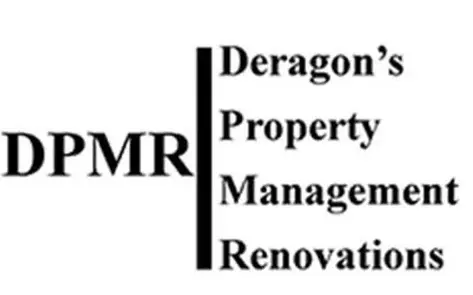How Proper Lawn Care Keeps Water Levels Steady
Caring for a lawn takes more than just regular mowing. It involves practices that enhance the soil’s ability to retain moisture, especially during dry spells. One of these practices is adding organic matter to the surface of your grass. This practice can greatly improve water retention, reducing the need for frequent watering and supporting plant health. Understanding how this works helps you make informed decisions about maintaining your lawn while conserving resources.
Why Keeping Soil Moist Matters
Healthy lawns need consistent moisture levels to thrive. When soil dries out too quickly, it can lead to stress on the grass. This stress makes lawns more susceptible to diseases and pests. Additionally, keeping moisture in the soil reduces water evaporation, which is particularly important in areas with hot climates. Consistent moisture ensures that nutrients are readily available to plants, promoting robust growth and improving resilience against environmental stresses.
What Makes Organic Cover Effective for Lawns?
Using an organic cover like wood chips or shredded leaves has numerous benefits for moisture retention in lawns. Mulching creates a barrier that shields soil from direct sunlight, thus minimizing water evaporation. It also enhances soil structure by breaking down into humus over time. This decomposition process enriches the soil with nutrients, further aiding in water retention. With just two applications of this method, homeowners can see significant improvements in their lawn’s health and appearance.
The Science Behind Enhanced Moisture Retention
A vital aspect of using ground cover is its ability to create a microclimate that favors moisture retention. As the layer decomposes, it forms a rich layer of organic matter on top of the soil. This matter increases the soil’s water-holding capacity while allowing air penetration, essential for root development. The improved aeration prevents compaction, which often leads to poor drainage and waterlogging issues.
Steps for Effective Application on Your Lawn
- Select an appropriate material such as grass clippings, straw, or bark.
- Ensure that the layer is neither too thick nor too thin; about 2-3 inches is ideal.
- Spread evenly across the lawn without covering plants entirely.
- Water the area lightly to help settle the material into place.
- Reapply as needed, particularly after heavy rains or storms.
Common Mistakes to Avoid
One common mistake is applying too thick a layer, which can suffocate grass roots and lead to rot. Another error is using materials prone to matting together, blocking air and water from reaching the soil. Avoid applying layers that contain weeds or disease spores since they can introduce problems to an otherwise healthy lawn. It’s crucial to use clean material that supports rather than hinders lawn health.
Cost-Effective Solutions for Every Gardener
You don’t have to break the bank when choosing effective lawn-covering solutions. Many options are budget-friendly and easy to find at garden centers or even around your home. Grass clippings from recent mowings make excellent covers at no additional cost. Leaves collected in autumn can also serve as effective layers and save money on disposal costs while benefiting your lawn.
Final Tips With Organic Ground Cover
Applying organic ground cover consistently can significantly boost your lawn’s moisture retention capabilities. Remember to choose suitable materials and follow application steps carefully for optimal results. Taking these steps not only conserves water but also enhances the health of your landscape over time.
Partner With Us for Greener Solutions
If you’re looking to enhance your lawn’s health with organic methods, our team is here to help. Based in Massena, NY, we offer expert advice tailored to your specific needs. Contact DPMR at (315) 531-0908 today to learn more about how we can assist you in achieving a lush, sustainable lawn.
